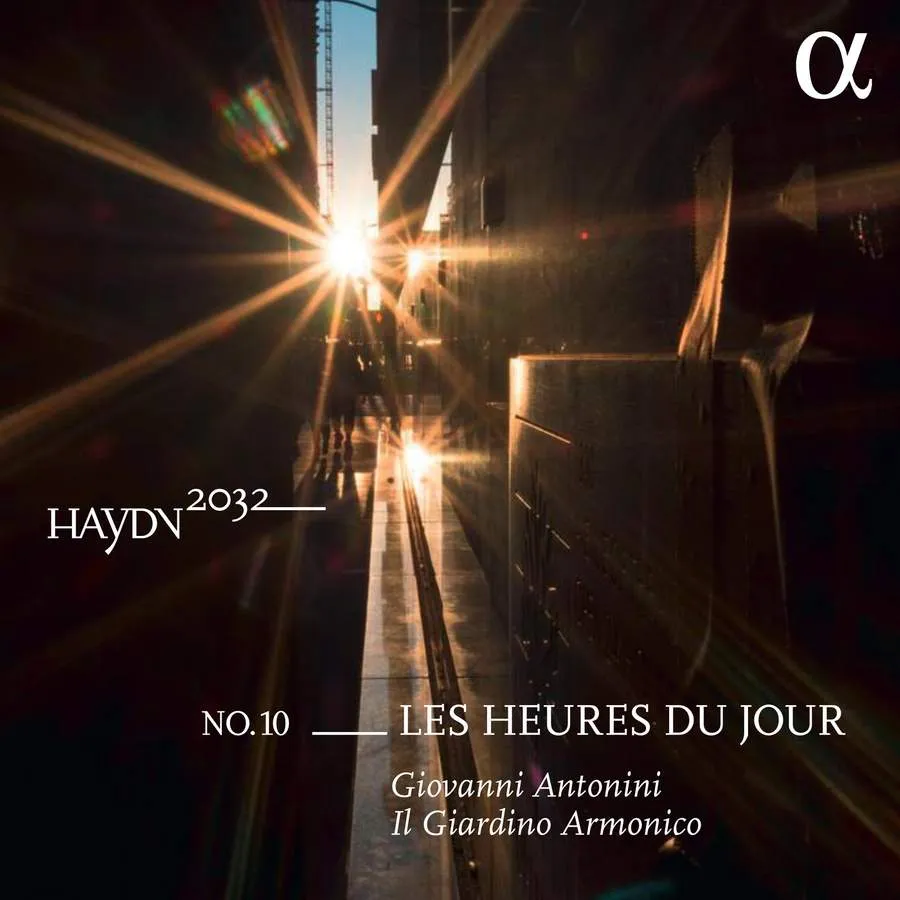
Haydn • Mozart Haydn 2032, Vol. 10: Haydn: Symphonies Nos 6-8; Mozart: Serenade No. 6 in D, K239 ‘Serenata notturna’ Il Giardino Armonico/Giovanni Antonini Alpha Classics ALPHA 686 78:36 mins
Haydn’s symphonic triptych depicting the times of the day begins with a sunrise and ends with an evening storm. These symphonies were almost certainly the first pieces he composed after signing his contract with Prince Esterházy on 1 May 1761. They feature elaborate solo passages for flute, bassoon, violin, cello and even double bass, which were written by Haydn to win favour with the members of the orchestra as he took up his new post, and for the Prince to show off the talents of his players to his assembled guests. The second movement of the triptych’s central panel, Le midi, is an accompanied operatic recitative for solo violin (it would have been played by the leader of the orchestra, Luigi Tomasini), while the third movement ends with a long cadenza for violin and cello.
As he explains in his booklet note, Giovanni Antonini sets out deliberately to counter the kind of smooth, polished sound cultivated by such conductors as Karajan. Certainly, the spiky approach of Il Giardino Armonico’s playing makes for arresting and dramatic listening. Perhaps it’s more suited to Haydn than to the elegant world of Mozart’s Serenata notturna, with its distinctive scoring for double string orchestra and timpani. All the same, the players clearly have fun with Mozart’s finale, and, following in the footsteps of the Haydn, they step forwards in turn for a mini-cadenza each time there’s a musical pause. The violin’s cadenza even wittily quotes passages from Haydn’s Le soir symphony, tying the whole disc together.
Misha Donat